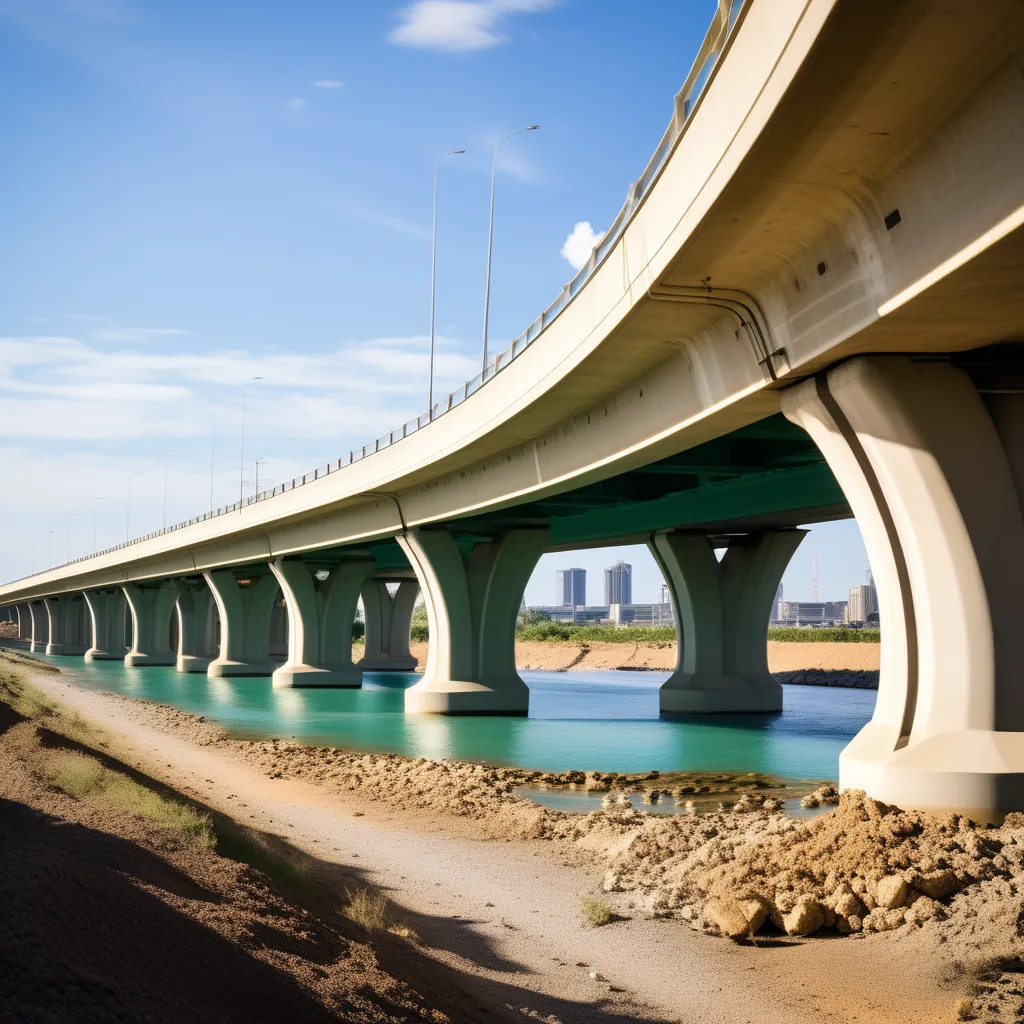Self-Healing Materials Used in Mega Infrastructure Projects
Imagine a world where our roads, bridges, and buildings can repair themselves, like living organisms healing from wounds. It might sound like science fiction, but self-healing materials are making it a reality in mega infrastructure projects. As someone who has witnessed the wear and tear of urban infrastructure, I can't help but marvel at the potential of these materials to transform the way we build and maintain our cities.

A Personal Perspective
Growing up in a bustling city, I've always been fascinated by the complex network of roads and bridges that keep everything connected. However, I've also seen the impact of aging infrastructure and the disruptions caused by constant repairs.
Potholes and Repairs
One constant annoyance for city dwellers is potholes. Pothole-ridden roads not only damage vehicles but also disrupt daily life. The seemingly never-ending cycle of road repairs often leaves us wondering if there's a better way.
The Rise of Self-Healing Materials
Enter self-healing materials—a game-changer in the world of construction and infrastructure.
The Science Behind It
Self-healing materials are engineered to repair damage automatically. They use various mechanisms, such as microcapsules of healing agents, shape-memory polymers, or even biological processes, to mend cracks and fractures.
Practical Applications
These materials have found applications in various mega infrastructure projects, from roads and bridges to tunnels and buildings.
Self-Healing Roads
One of the most promising applications of self-healing materials is in road construction.
End to Potholes
Imagine roads that can fill in their own potholes! Self-healing asphalt uses capsules filled with rejuvenating agents that are released when the road surface cracks, effectively repairing the damage.
Extended Lifespan
By reducing the need for constant repairs, self-healing roads can have a significantly longer lifespan, saving both money and resources.
The first time I drove on a self-healing road, I couldn't help but smile at the smooth surface, free of the usual bumps and cracks. It was like driving on a road from the future.
Resilient Bridges and Buildings
Bridges and buildings are not immune to wear and tear, but self-healing materials are changing the game.
Self-Repairing Concrete
Self-healing concrete uses bacteria or minerals to seal cracks as soon as they appear, ensuring the structural integrity of bridges and buildings.
Disaster Resilience
In regions prone to earthquakes or other natural disasters, self-healing materials can enhance the resilience of critical infrastructure.
Cost Savings and Sustainability
Beyond the convenience of self-repair, these materials offer significant economic and environmental advantages.
Reduced Maintenance Costs
Less frequent repairs mean lower maintenance costs for governments and organizations responsible for infrastructure upkeep.
Sustainability Benefits
Self-healing materials contribute to sustainability by reducing waste from constant replacements and repairs.
Challenges and Future Developments
While self-healing materials hold immense promise, there are challenges to overcome.
Scalability
Scaling up the production and implementation of self-healing materials for mega infrastructure projects requires further research and development.
Maintenance and Monitoring
Continuous monitoring is essential to ensure the effectiveness of self-healing materials over time, especially in harsh environmental conditions.
A Brighter Infrastructure Future
As we look to the future, the integration of self-healing materials into mega infrastructure projects offers hope for more resilient, efficient, and sustainable urban environments.
Embracing Innovation
Innovations like self-healing materials remind us of the endless possibilities when we combine human ingenuity with a commitment to improving our cities.
Building for Generations
By investing in infrastructure that can repair itself, we're not just improving our cities for today but also leaving a legacy of more resilient and sustainable urban spaces for future generations.
In conclusion, the use of self-healing materials in mega infrastructure projects represents a monumental leap forward in the construction industry. It's a testament to our ability to innovate and find sustainable solutions to age-old problems. As we embrace these materials, we're paving the way for a future where our cities are not just smart but self-repairing.

No comments:
Post a Comment